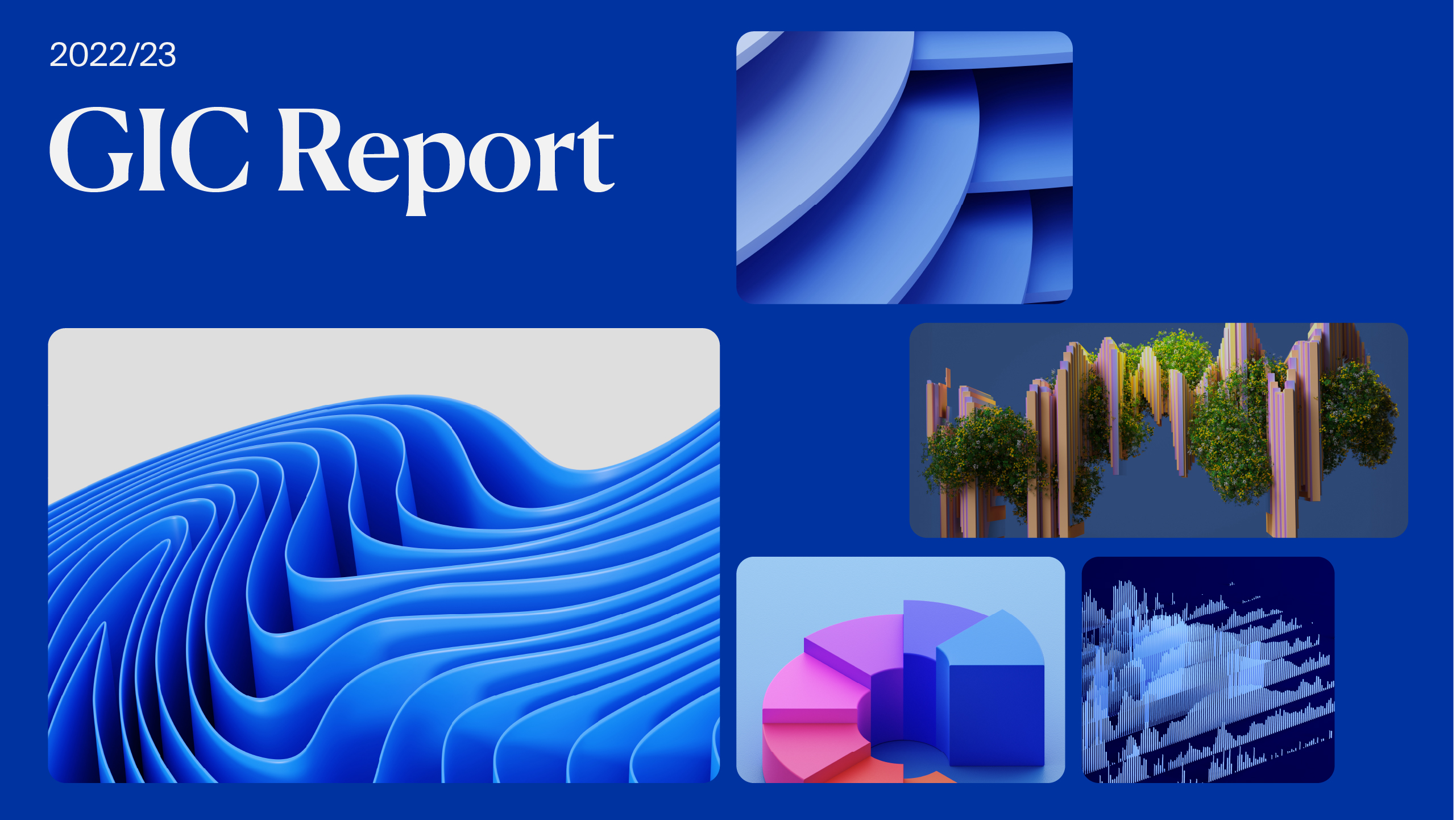The government had responded in 2012, citing a number of errors:
First, they assume that the government’s available funds flow only to GIC, whereas in fact, as of 31 March 2012, the government had S$147 billion deposited with MAS, compared to MAS’ Official Foreign Reserves (OFR) valued at S$305 billion. A significant proportion of MAS’ portfolio consists of liquid financial market instruments; consequently it earns a lower rate of return than GIC.
Second, estimates often ignore debt servicing costs, resulting in an over-estimate of the assets accumulated through investing proceeds from the issuance of government securities, especially over the long term. For more information on the government’s debt position, please refer to the Gov.sg website.
Third, they overestimate the flow of funds into GIC by including the interest and dividend income the government gets on its investments, assuming the full amount of government budget surpluses as fresh fund injections, failing to subtract the interest and dividend income portion.
